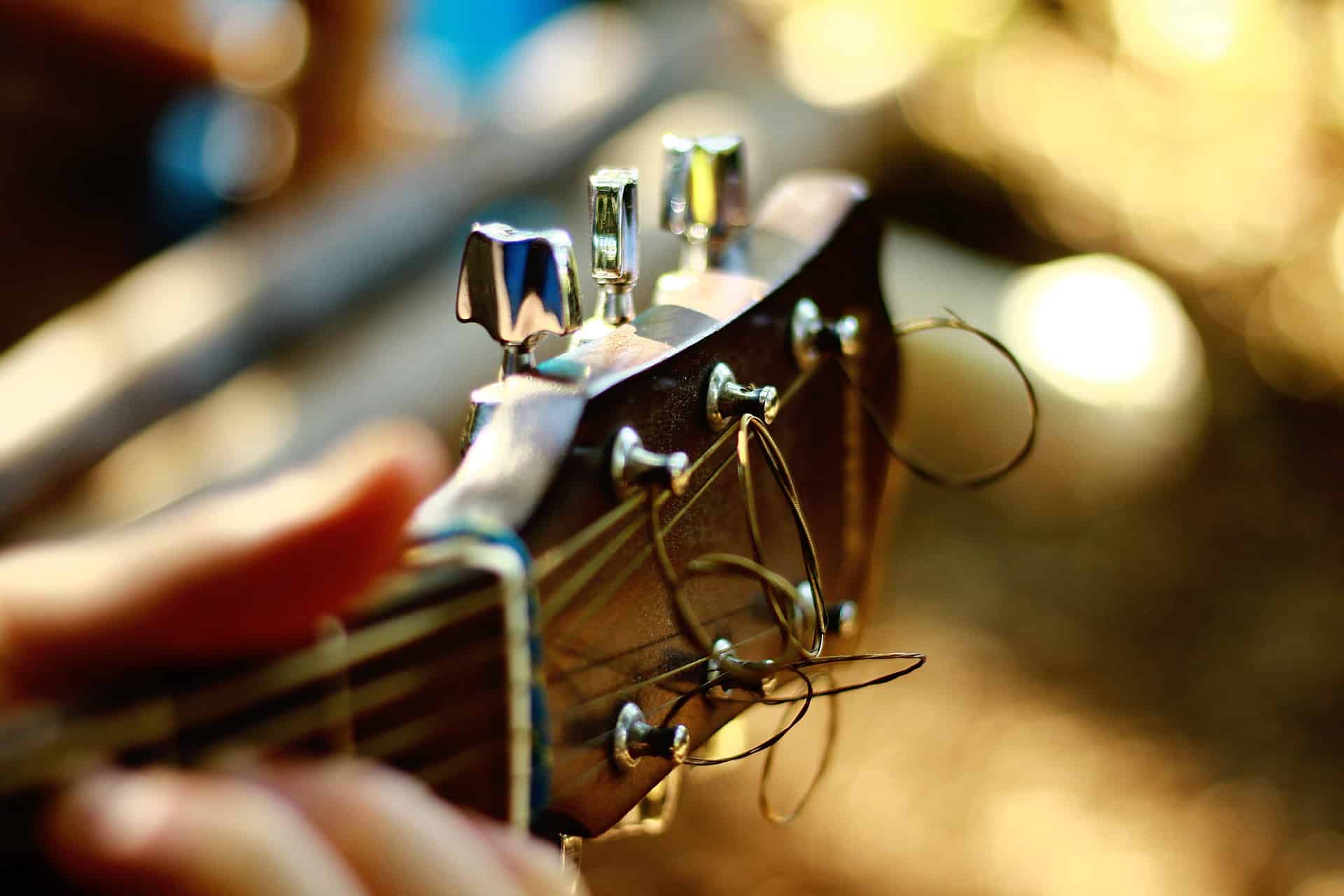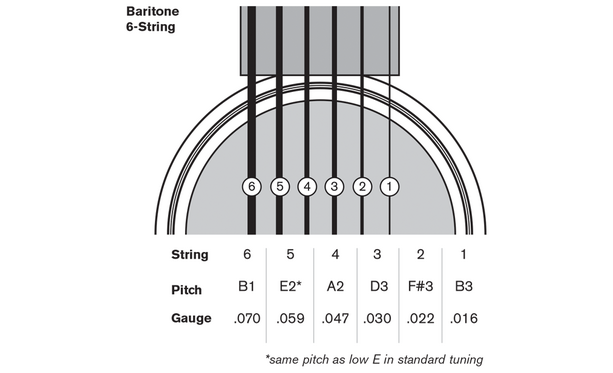
Sometimes if the guitar is very out of tune, the strings may be so far away from their standard pitch that a tuner won’t read them correctly. If your guitar is really out of tune, you’ll want to tune to a reference pitch first. If a note is sharp, it’s good practice to make the note slightly flat, and then tune it up to pitch (rather than down to pitch). If it is sharp, turn the peg so that the note goes slightly flat, and then turn the other way so that it is in tune. If the string is flat, turn the peg slowly so that the note becomes in pitch. To tune your guitar, plug into a tuner (or place a tuner with a microphone close to the sound hole of your guitar) and pluck the string. Depending on how the guitar is set up and strung, turning the peg one way will make the note sharper (higher) and turning the other way will make it flatter (lower). You change the note of the string by turning the tuning pegs. It uses the phones microphone to listen to the note. It’s not free, but it is a great iOS tuner. You must plug your guitar into the tuner for it to work, and it requires a power source. They are accurate and the display is great. This is the tuner I use on my pedalboard (and in this video). You can also plug your guitar into it if you have an electric guitar or acoustic with electronics. It uses a microphone to listen to the note. I think this is the first tuner that most guitar players use – it’s cheap, simple, and it works. Here are some links to tuners I like to use: To tune your guitar, you’ll need a tuner. You’ll need to turn the tuning pegs to correct the note, either lower or higher. When it is slightly above E (higher = sharp), the needle will be to the right. When the note is slightly below E (lower = flat), the needle will be to the left of the note. Usually there is a needle that goes to the right and to the left. For example, if you are tuning the low E string (assuming the note is close), the tuner will read E. When we tune a guitar, a typical guitar tuner will display the note that it is reading. All you really need to know is that sharp means higher and flat means lower. It’s also called Bb (B flat), but the reason why the same note has two different names isn’t that important right now. For example, the note just above A (between A and B) is A# (A sharp). Some of the notes have in between notes, called sharps and flats. Notes have names, and they go from A to G. The first thing we should talk about is the concept of sharps and flats.
Tune the guitar how to#
In the video above, I walk through how to tune a guitar with two different types of tuners, as well as how to tune it without a tuner at all. Learning to tune this way will not only give you an easy way to tune, but it can help improve your ability to hear and identify tones little by little.Tuning your guitar is something you should do every time you play before strumming the first chord. Once the open 1st string is in tune to the fretted 2nd string you are done!You may need to check the tuning 2 or 3 times before the tuning is stable. Once the open 2nd string is in tune to the fretted 3rd string you can proceed to the final part of the tuning process.ĥ) Press on the 5th fret 2nd string and tune the open 1st string to that note. Press on the 4th fret 3rd string and tune the open 2nd string to that note. Once the open 3rd string is in tune to the fretted 4th string you can proceed to the next string.Ĥ) These next two strings are where we see a slight change in the fret we tune from.

Press on the 5th fret 4th string and tune the open 3rd string to that note. Once the open 4th string is in tune to the fretted 5th string you can proceed to the next string.ģ) Now we repeat the exact same process on the next two strings.

Press on the 5th fret 5th string and tune the open 4th string to that note.

Once the open 5th string is in tune to the fretted 6th string you can proceed to the next string.Ģ) Now we repeat the exact same process on the next two strings. If not, then tune the open string up or down according to the pitch of the fretted note. Here is how we relatively tune the guitar:ġ) We start on the thickest string (the one closest to us, the 6th string), press down on the 5th fret and compare the pitch of that note to the OPEN string above (5th string). At the bottom of the article you will see a diagram illustrating the method, but I will explain it verbally first.įirst of all this method has limitations because if the first string of the guitar is not up to concert pitch (the standard pitch that every instrument in an orchestra would tune to) then the guitar will sound in tune to itself but not in comparison to other instruments. This means to be able to tune the guitar in relation to itself. So many options can be daunting in the beginning so I have laid out one of the standard methods, relative tuning. There are many ways to tune a guitar, including electronic tuners, pitch pipes and tuning using a piano.


 0 kommentar(er)
0 kommentar(er)
